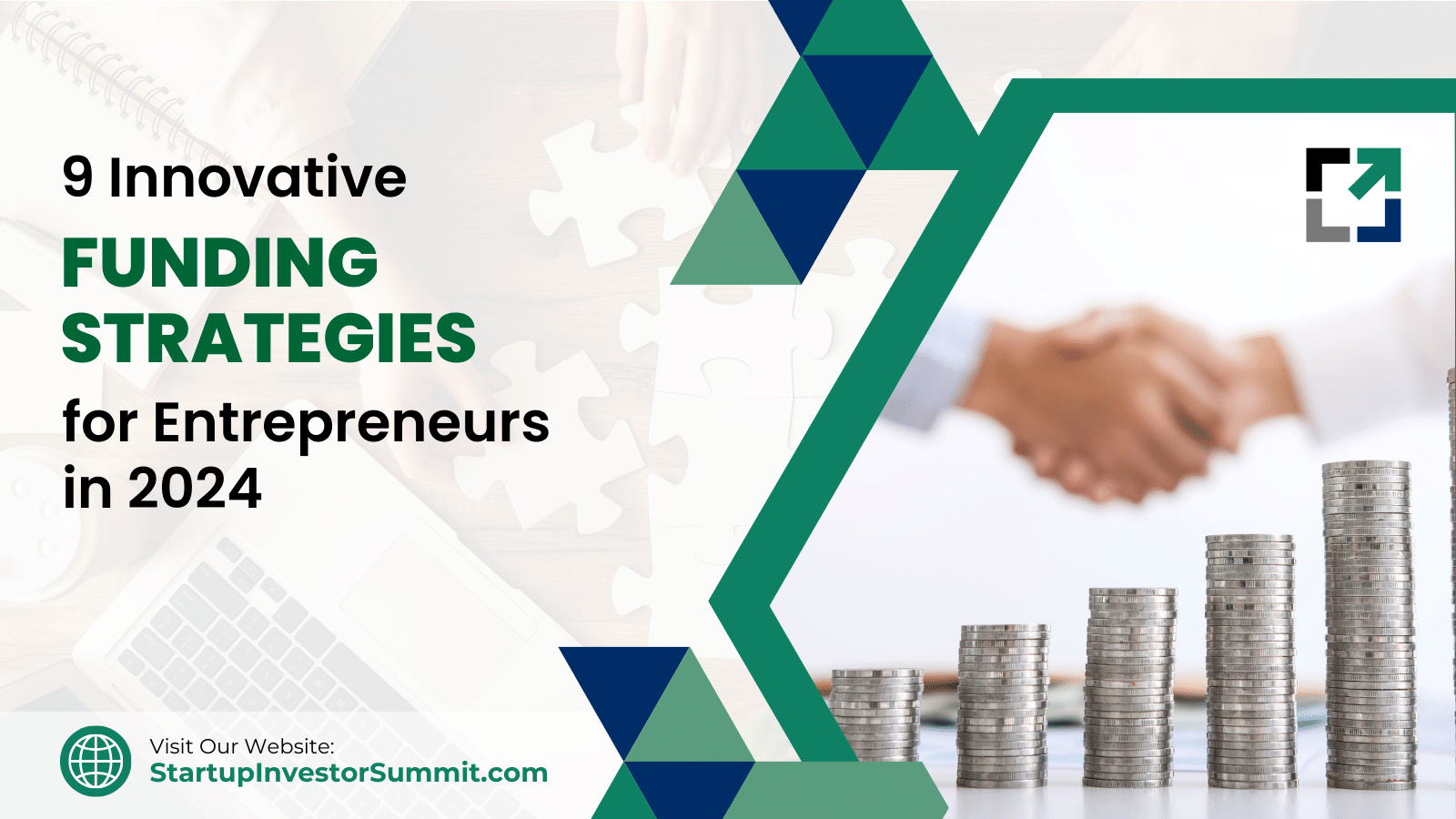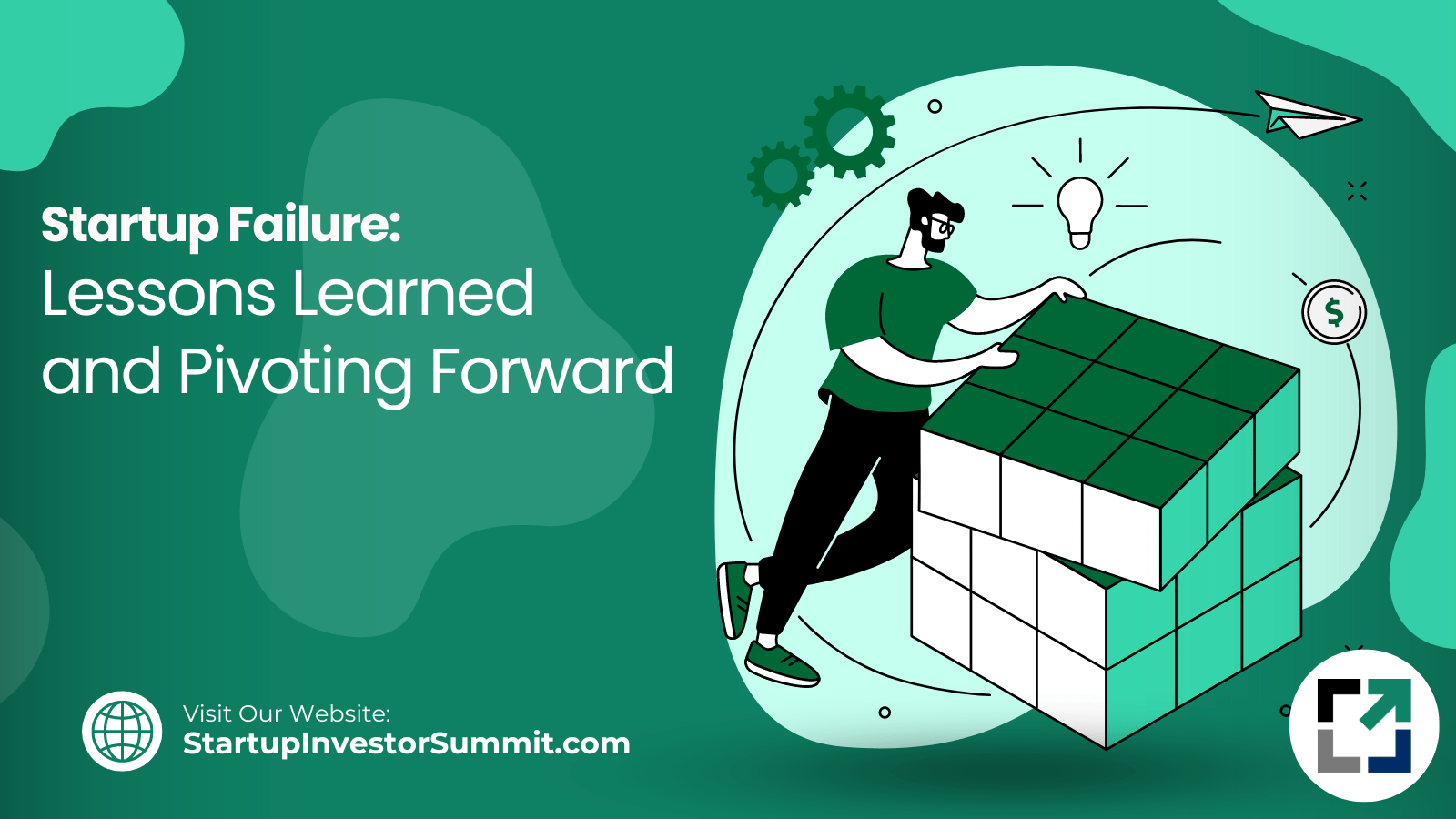The journey of a visionary entrepreneur is fraught with challenges, with securing funding being one of the most formidable. It is, however, a necessary hurdle, one that breathes life into innovation, turning bright ideas into tangible, game-changing startups.
Here, we delve into nine innovative funding strategies for entrepreneurs in 2024, providing a road map for those on the quest for capital.
Crowdfunding
One of the more prominent ‘democratized’ startup company funding strategies endured its many forms, crowdfunding has been a successful route for many startups. Platforms like Kickstarter, GoFundMe, and Indiegogo connect entrepreneurs with the masses, allowing anyone to contribute to a cause, product, or company they believe in. Each platform has a unique focus, fee structure, and approach, so understanding your offering and target market is vital to select the right platform.
Mini-IPO
Also known as Regulation A+ funding strategy, a Mini-IPO allows startups to raise capital from the public without the rigorous requirements of a traditional IPO. This revolutionary business funding strategy was made possible by the Jumpstart Our Business Startups (JOBS) Act. Entrepreneurs can raise up to $50 million per year from the general public while retaining control over their company.
Online Lending Platforms
Online lending platforms, including OnDeck and Kabbage, provide a quick, often low-barrier way to access capital. They’ve gained popularity owing to their simple application processes, speedy decision-making, and flexibility compared to traditional bank loans, becoming a noteworthy component in funding strategies for startups. It helps you get funding for your startup.
Social Impact Bonds
Impact investing is gaining momentum in 2024, with more investors keen on promoting social change while earning a return. If your startup is addressing a pressing social issue and possesses a scalable, sustainable business model, this could be a promising direction.
Angel Investing
Angel investing remains a cornerstone among the funding strategies for startups into 2024, adapting with the times to offer more than just capital. Angel investors, typically affluent individuals who provide capital for startups, often in exchange for ownership equity or convertible debt, bring their wealth of knowledge, industry connections, and mentorship to the table. Unlike venture capitalists, who usually invest during later stages and can require significant equity, angel investors often get involved in the very early phases when the risk is higher but the potential for growth is immense.
Entrepreneur First (EF) Model
Venture capital firm, Entrepreneur First (EF), employs a unique approach to start up funding. Rather than investing in startups, EF invests in individuals. They seek out talented and motivated individuals, organize them into co-founder pairs, and help create and fund their companies. This approach opens doors for brilliant minds who might not have found the right team or idea yet.
Bootstrapping
Despite being an age-old strategy, bootstrapping still holds high relevance in the 2024 entrepreneurial landscape. Self-funding their startups allows entrepreneurs to maintain full control, a desirable attribute for those resistant to diluting their equity. Although it mandates stern budgeting and may slow the pace of growth, it’s a viable approach for startups with lower capital needs.
Government Grants and Subsidies
Government grants and subsidies are often overlooked when discussing funding for startups. Yet, many countries have grants to encourage entrepreneurship, innovation, and job creation. While the bureaucratic process may be daunting to some, the benefit of not having to give up equity can make this funding route attractive for startups that align with the government’s funding focus.
Revenue-Based Financing
In revenue-based financing, investors inject capital into a startup for a percentage of ongoing gross revenues. The startup repays the investment gradually from its incoming revenues until a predefined return cap is reached. This non-dilutive, flexible funding strategy aligns the interest of investors with those of the entrepreneurs, tying the repayment timeline to the startup’s success.
In conclusion
How entrepreneurs approach funding can significantly impact their startup’s trajectory. While some may find success through a single source, often, a mix of the outlined strategies might be called for, based on the startup’s stage, sector, capital needs, and the entrepreneur’s preference.
Remember, the best funding strategy is unique to each venture. It’s not simply about securing capital; it’s about identifying the right funding partners, preserving the founder’s vision, and setting the startup on the path of sustainable growth. The entrepreneurs who manage to navigate this labyrinth of choices with agility and foresight are the ones who elevate their startups beyond the ideation stage, driving innovation, creating value, and shaping the future.





